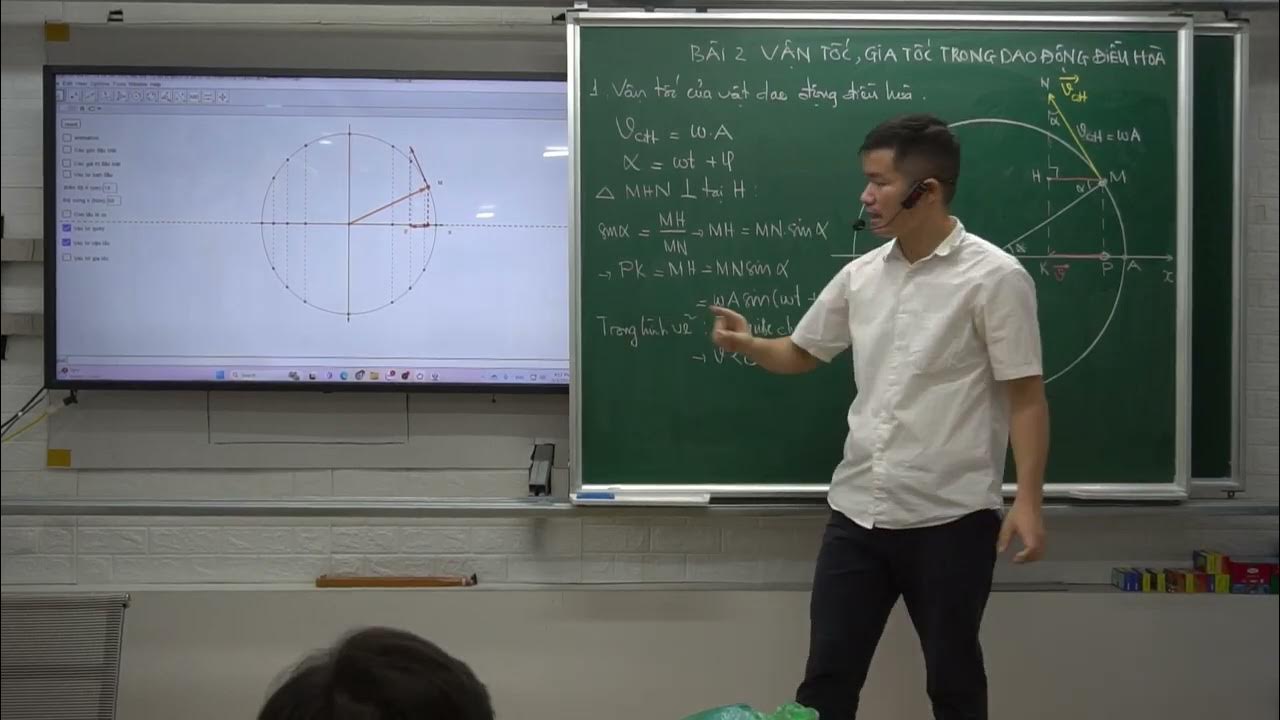Consciousness beautifully explained in 200 sec | Swami Sarvapriyananda at IIT Kanpur
Summary
TLDRIn this script, the teacher explains the concept of consciousness (Chaitanya) using five key points. Consciousness is distinct from the body and mind, existing beyond them, yet it pervades and illuminates both, enabling their function. It is not limited by the body or mind, and while it is experienced through them, it continues to exist even without them, though it cannot be known. Using an analogy of light reflecting off a hand, the teacher illustrates how consciousness works, showing its omnipresence and how it is perceived through reflection but is not inherently tied to the hand or body.
Takeaways
- 😀 Consciousness (Chaitanya) is distinct from both the mind and the body.
- 😀 Modern science suggests that consciousness is a product of the brain, but in this teaching, consciousness exists independently of the body and mind.
- 😀 Consciousness pervades and illuminates the mind and body, enabling them to function.
- 😀 Consciousness is not limited by the mind and body; it exists apart from them.
- 😀 We can experience and know consciousness through the functioning of the mind and body.
- 😀 Even without the mind and body, consciousness remains, but it cannot be experienced.
- 😀 An analogy using light demonstrates how consciousness can be reflected and experienced through the body (like light reflected from the hand).
- 😀 Just like light exists independently of the hand but can be experienced when reflected, consciousness exists independently of the mind and body but can be understood through their functions.
- 😀 Consciousness is not a product of the body or mind, just as light is not a product of the hand.
- 😀 If the mind and body are absent, consciousness still exists but cannot be directly experienced, like light without a reflection.
Q & A
What is the meaning of 'Chaitanya' as explained in the script?
-Chaitanya, or 'Chaitanyum' in Sanskrit, refers to consciousness. It is the awareness that pervades the mind and body and is responsible for our ability to experience and understand our surroundings.
How does the teacher describe the relationship between consciousness, mind, and body?
-The teacher emphasizes that consciousness is not a part of the body or mind but exists separately from them. It shines through the mind and body, enabling their functions but is not limited to or confined by them.
What is the first key point about consciousness?
-The first key point is that consciousness is not a part of the body or mind; it is apart from both. This is distinct from the scientific view, which typically sees consciousness as a product of the brain.
How does consciousness pervade and illumine the mind and body?
-Consciousness pervades and illumines the mind and body by enabling their functions. It acts as a guiding force that makes the mind and body capable of performing their tasks.
What does it mean that consciousness is not limited by the mind and body?
-Consciousness is not confined to the mind or body. It exists beyond these physical structures and can be experienced in ways that are not dependent on the body’s particular state or location.
How can we experience consciousness according to the script?
-Consciousness can be experienced through the functioning of the mind and body. While it is not directly perceivable without these elements, we recognize and experience it through their operation.
What is the significance of the fifth point about consciousness?
-The fifth point highlights that while consciousness still exists without the mind and body, it cannot be directly known or experienced without them. This suggests that the mind and body are vehicles for experiencing consciousness.
What analogy does the teacher use to explain consciousness?
-The teacher uses the analogy of light reflecting off a hand to explain consciousness. Just as light exists independently of the hand but is reflected through it, consciousness exists beyond the mind and body but is reflected through them, making it perceivable.
How does the analogy of light help in understanding the nature of consciousness?
-The analogy of light illustrates that consciousness is not a product of the body or mind but is reflected through them. The light exists independently of the hand, just as consciousness exists independently of the body and mind. We only perceive it when it is reflected through these mediums.
What does the teacher mean when they say consciousness is experienced through the reflection of the mind and body?
-The teacher means that consciousness can only be known when it is reflected through the mind and body. Just as light becomes visible when reflected, consciousness is experienced through the functioning of the mind and body, allowing us to be aware of it.
Outlines

This section is available to paid users only. Please upgrade to access this part.
Upgrade NowMindmap

This section is available to paid users only. Please upgrade to access this part.
Upgrade NowKeywords

This section is available to paid users only. Please upgrade to access this part.
Upgrade NowHighlights

This section is available to paid users only. Please upgrade to access this part.
Upgrade NowTranscripts

This section is available to paid users only. Please upgrade to access this part.
Upgrade NowBrowse More Related Video
5.0 / 5 (0 votes)





